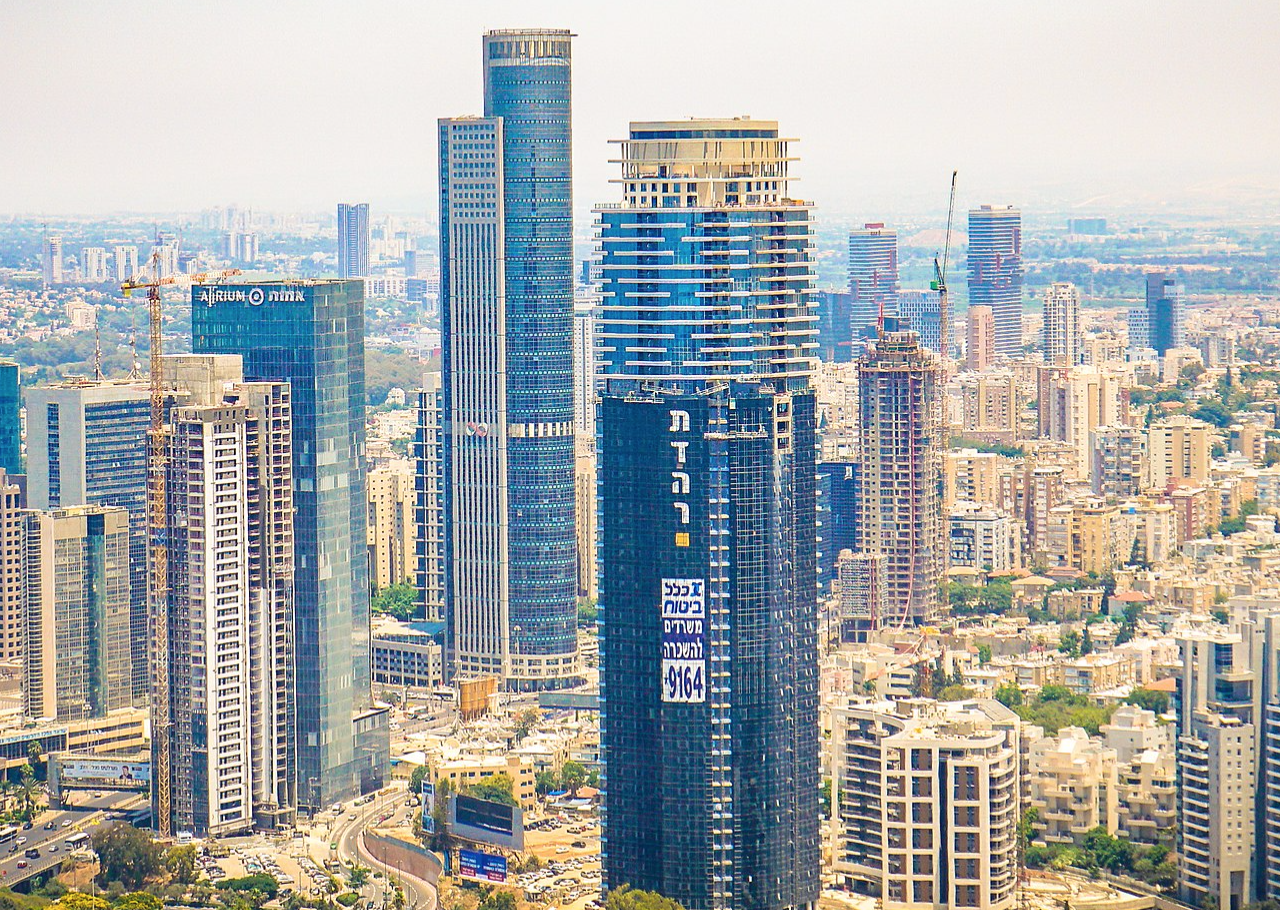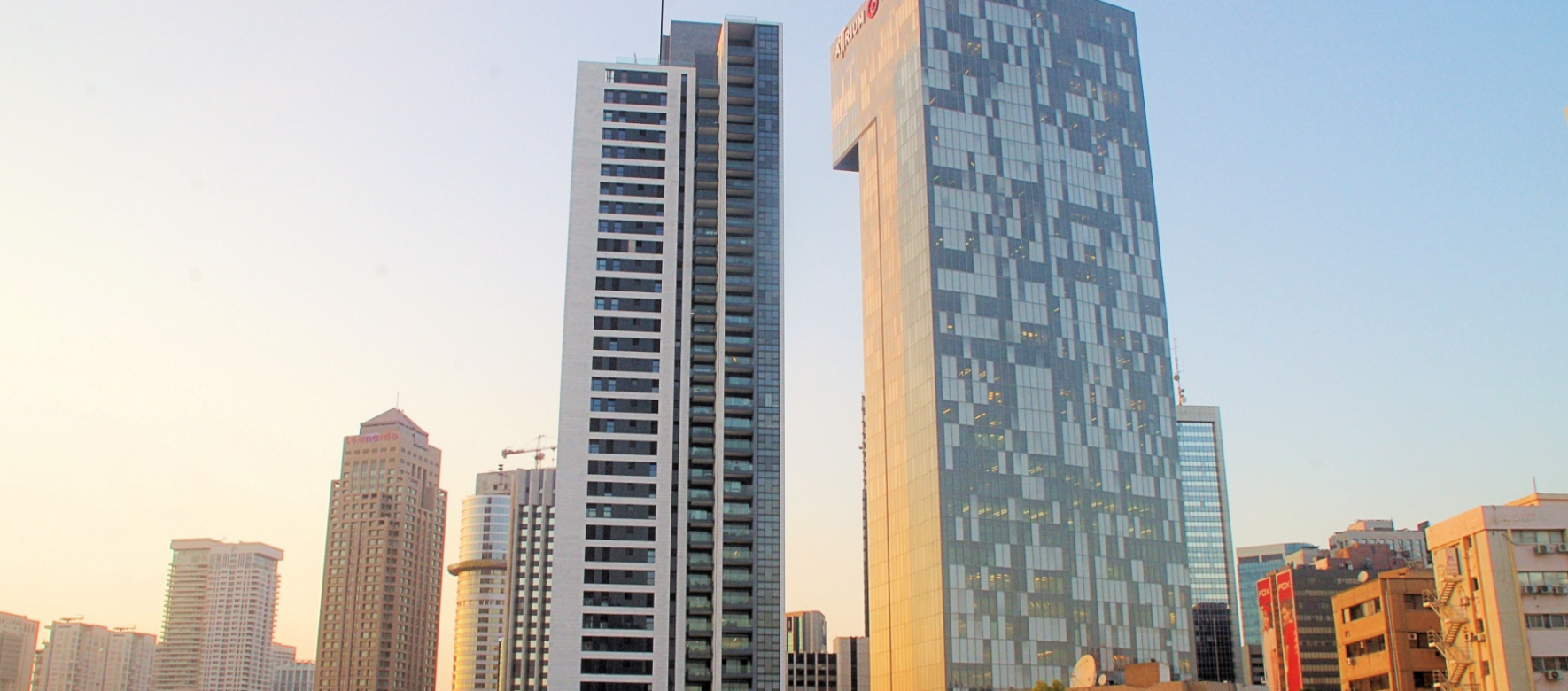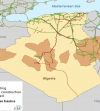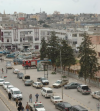After a downward correction in GDP of -2.8% in the first quarter of 2022, growth picked up again with +6.8% in the second quarter. Private consumption increased by +7.5% and professional activity jumped by +8.8%. The construction sector seems particularly dynamic, even if it is struggling to reduce the housing shortage, the prices of which have increased in one year (sliding year from May 2021 to May 2022) by 17.8%.
In the meantime, Israel’s GDP per capita in USD has grown by +4.5%, which now places the average standard of living of Israelis above that of the French, despite the persistence of a high national rate. of poverty (about 20%).
The consumer price index also rose by 1.1% in July. The most marked price increases in July affected fresh fruit (+8.5%), transport (+3.3%), housing (1.1%) and leisure (1.2%). Overall, this is the highest monthly increase since July 2009. Year-on-year, Israeli inflation stood at 5.2% at the end of July, its highest level in 14 years.
A further rise in interest rates is expected next week, after those of April (from 0.1% to 0.35%), May (0.75%) and July (1.25%). ).

The Shekel still at its highest
The rate of the shekel against the euro has never been so high (3.31 ILS for 1 EUR on August 15) and the rise has been continuous since the beginning of July. The main driver of this appreciation was the recovery of the stock market on Wall Street and the need for Israeli institutional investors to protect their positions abroad by buying shekels (hedging).
In addition, inflation in the United States also affects the exchange rate, since it reduces the real effective interest rate of the US dollar and thus makes the Israeli currency more attractive.
Finally, the resilience of the Israeli Hi Tech sector seems good and follows the global demand for an ever greater digitization of societies. FDI in this sector fell in the first half of 2022 but it remains at a high level of USD 6.1 billion and companies, particularly American ones, established in Israel continue to bring in very large sums each month to pay the high salaries of their employees. It is the Tel Aviv region that benefits the most from this windfall.
Source : Embassy of France in Lebanon








Réagissez à cet article